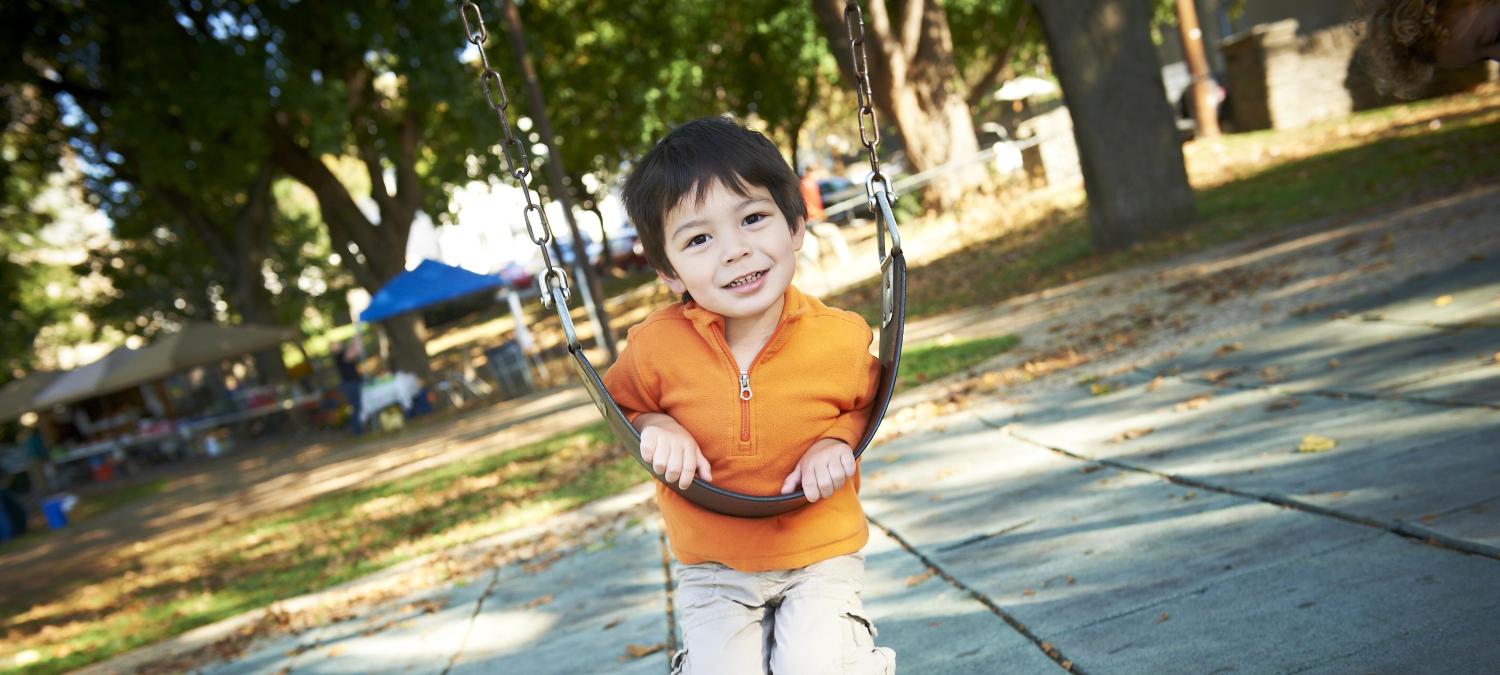

Publications
Search Tips
- May 2017
For the 15 percent of adolescents who have intellectual/developmental disabilities (IDD), transitioning to adulthood can present unique challenges to accessing necessary health care. PolicyLab researchers have identified specific barriers facing this population…
- May 2017
The transition from pediatric to adult health care systems can be daunting for anyone, but is especially challenging for young people with intellectual disabilities or other special health care needs. These youth and young adults face numerous challenges while…
- Emerging Issues of Health Care Coverage and Access for Children in Low- and Moderate-Income FamiliesMay 2017
More than 95 percent of children in the U.S. currently have health insurance. We can attribute much of the success in achieving this nearly universal rate of children's coverage to the introduction of the Children's Health Insurance Program (CHIP) in 1997 and the 1965 passage of…
- May 2017
This represents the full agenda of PolicyLab participation in the 2017 Pediatric Academic Societies Meeting in San Francisco, Calif., May 6-9. You can find the abstracts for each of the PolicyLab researchers participating in the meeting presented in chronological order.
- May 2017
INTRODUCTION: Depressive disorders are prevalent psychiatric disorders that comprise a cluster of affective, somatic, and physical symptoms. From childhood to adolescence, prevalence rates for major depressive disorder increase to rates similar to adults. An epidemiological…
- May 2017
BACKGROUND: The use of inhaled corticosteroid (ICS) medications has been shown to improve asthma control and reduce asthma-related morbidity and mortality. Two recent randomized trials demonstrated dramatic improvements in ICS adherence by monitoring adherence with electronic sensors…
- May 2017
BACKGROUND: Measuring outcomes of emergency care is of key importance, but current metrics, such as 72-hour return visit rates, are subject to ascertainment bias, incentivize overtesting and overtreatment at initial visit, and do not reflect the full burden of disease and morbidity…
- May 2017
ABSTRACT: Disparities in the care and outcomes of US racial/ethnic minorities are well documented. Research suggests that provider bias plays a role in these disparities. The implicit association test enables measurement of implicit bias via tests of automatic associations between…
- May 2017
BACKGROUND: Few studies have addressed obesity prevention among low-income families whose infants are at increased obesity risk. We tested a Facebook peer-group intervention for low-income mothers to foster behaviors promoting healthy infant growth. METHODS: In this randomized…
- May 2017
OBJECTIVE: To compare major depression risk among young adults with childhood-onset and adult-onset systemic lupus erythematosus (SLE), and to determine demographic and health-related predictors of depression. METHODS: Young adults with SLE ages 18-45 years (n=546) in the Lupus…